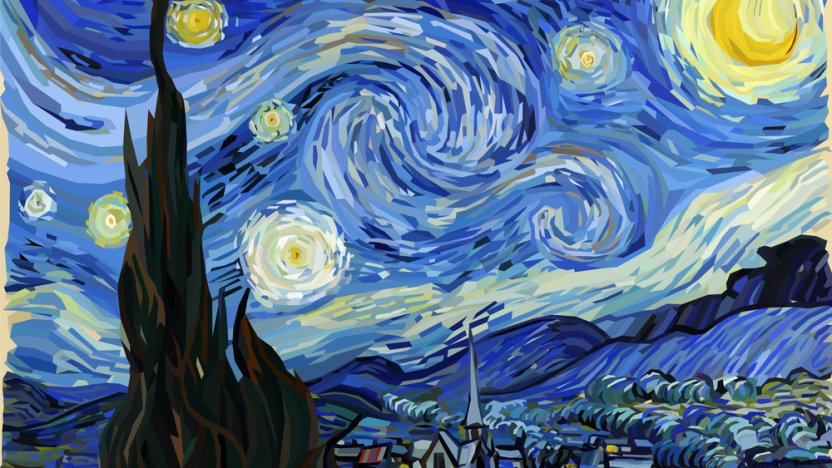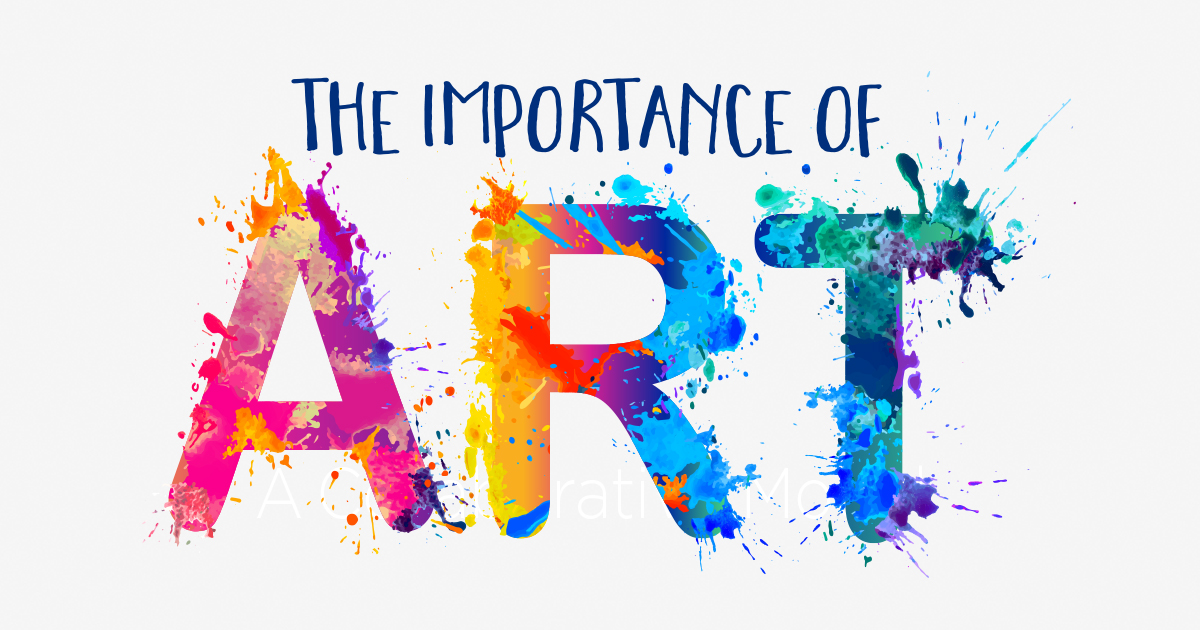A Deep Study one of the most Famous Trump Artworks of Current Years
A Deep Study one of the most Famous Trump Artworks of Current Years
Blog Article
Starting a Visual Journey With the Lyrical Analyses of Nature in Stylist Landscapes
Each brushstroke, each play of light and shadow, and each shade option in their works talks quantities regarding the artists' deep connection to nature and their ability to convert its charm onto the canvas. As we explore the lyrical analyses of nature in Impressionist landscapes, we are invited to immerse ourselves in a globe where reality and feeling intertwine, offering a glance into the artists' extensive recognition for the natural globe.
The Captivating Brushstrokes of Claude Monet
Claude Monet's proficiency of brushstrokes transcends plain method, imbuing his landscapes with a spiritual high quality that fascinates and mesmerizes viewers - trump art. His innovative use of color and light, integrated with his unique brushwork, develops a sense of activity and life within his paintings. Monet's prominent series of jobs depicting water lilies and his famous haystacks display his ability to capture the short lived effects of light and environment

Embracing Light and Darkness With Camille Pissarro
Embodying a comparable respect for the interplay of light and shadow, Camille Pissarro's imaginative vision unfolds as a harmonious expedition of the environment's luminous subtleties. Pissarro, a key figure in the Impressionist motion, masterfully recorded the dynamic connection in between light and darkness in his landscapes. His proficient use color and brushwork allowed him to convey the subtle shifts in light that specify various times of day and seasons.
Pissarro's paintings typically include spotted sunshine infiltrating fallen leaves, casting detailed patterns of light and shadow on the earth listed below. In jobs such as "Hoar Frost, the Result of Snow, Pontoise," Pissarro skillfully depicts the crisp brightness of winter season sunlight juxtaposed with the trendy shadows that define the snowy landscape. By embracing both light and shadow in his structures, Pissarro invites viewers to submerse themselves in the all-natural beauty and transient effects of light worldwide around them.

Through Pissarro's works, we are reminded of the transformative power of light and shadow, inviting us to stop briefly and appreciate the fleeting minutes of elegance existing in the everyday landscapes that surround us.
A Symphony of Colors by Edgar Degas
Edgar Degas orchestrates a dynamic symphony of colors in his skillful artworks, instilling his make-ups with a vibrant interplay of hues that captivate the audience's gaze. Known primarily for his ballet professional dancers and intimate scenes of Parisian life, Degas adeptly adjusted shades to share state of mind and motion in his paintings. trump art. His use bold, contrasting shades and subtle tonal variants produced a sense of depth and vibrancy within his jobs
Degas' shade combination usually was composed of rich blues, deep greens, and cozy oranges, which he used with positive brushstrokes to capture the significance of his subjects. Whether portraying a ballerina mid-performance or a group of buddies conversing at a coffee shop, Degas' colors not only showed the scene yet i loved this additionally evoked a sense of feeling and energy.
Furthermore, Degas' experimentation with light and darkness included an added layer of complexity to his shade structures, enhancing the total environment of his paints (trump art). Via his skillful adjustment of color, Degas developed a visual harmony that remains to resonate with viewers today
Discovering Nature's Tranquility With Berthe Morisot
Berthe Morisot's artistic vision supplies a peaceful separation from the lively color symphonies of Edgar Degas, as she records the harmony of nature in her expressive landscapes. Understood for her fragile brushwork and intimate portrayals of day-to-day life, Morisot's landscapes emanate a feeling of peace and harmony.
Morisot's paints frequently include soft, muted tones that communicate a feeling of calmness and peacefulness. Her jobs, such as "The Cradle" and "Summertime's Day," display her ability to catch the refined beauty of nature in such a way that is both calming and contemplative to the viewer.
Unlike several of her Stylist counterparts who focused on vibrant shades and dynamic structures, Morisot chose to develop mild, introspective scenes that invite the audience to mirror and pause. Through her masterful use of light and shadow, Morisot creates a feeling of find here serenity that resonates with the visitor on a deep emotional degree.
The Emotional Landscapes of Vincent Van Gogh
Vincent Van Gogh's landscapes vividly communicate a deepness of feeling via their vibrant brushwork and expressive use color. The Dutch post-impressionist artist is renowned for his capability to catch extreme and raw emotions in his paints, going beyond typical representations of nature. Van Gogh's tumultuous personal life, marked by psychological wellness struggles, significantly affected his art, infusing his landscapes with a feeling of anxiousness, sorrowful, or pep.
In works such as "Starry Night" and "Wheatfield with Crows," Van Gogh's swirling brushstrokes and vibrant color choices evoke a profound emotional response from audiences. The rough skies and upset landscapes in his paintings show his inner turmoil and emotional turbulence, welcoming visitors to explore the complexities of his mind.
Van Gogh's special visual language, characterized by exaggerated perspectives and strong use color, creates landscapes that resonate with visitors on a deeply psychological level. Through his art, Van Gogh welcomes us to see nature not just as an external truth however as a mirror of our innermost feelings and feelings.
Final Thought
Finally, the impressionist landscapes of artists such as Claude Monet, Camille Pissarro, Edgar Degas, Berthe Morisot, and Vincent Van Gogh offer a one-of-a-kind and captivating visual interpretation of nature. Via their use brushstrokes, shade, light, and emotion, these musicians have produced a harmony of photos that stimulate a sense of peacefulness and charm in the natural world. Their jobs remain to motivate and bewitch customers with their lyrical interpretations of the landscapes around us.
Each brushstroke, each play of light and darkness, and each color option in their jobs speaks volumes about the musicians' deep connection to nature and their capability to convert its beauty onto the canvas. His click for more ingenious usage of shade and light, incorporated with his distinctive brushwork, produces a feeling of movement and life within his paintings. His skilled usage of shade and brushwork enabled him to communicate the subtle shifts in light that specify different times of day and seasons.

Report this page